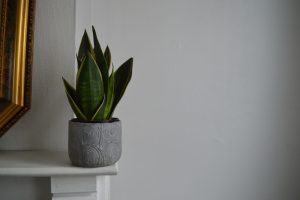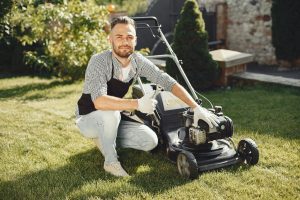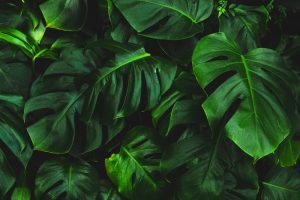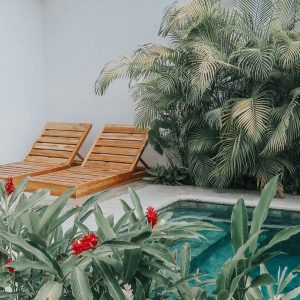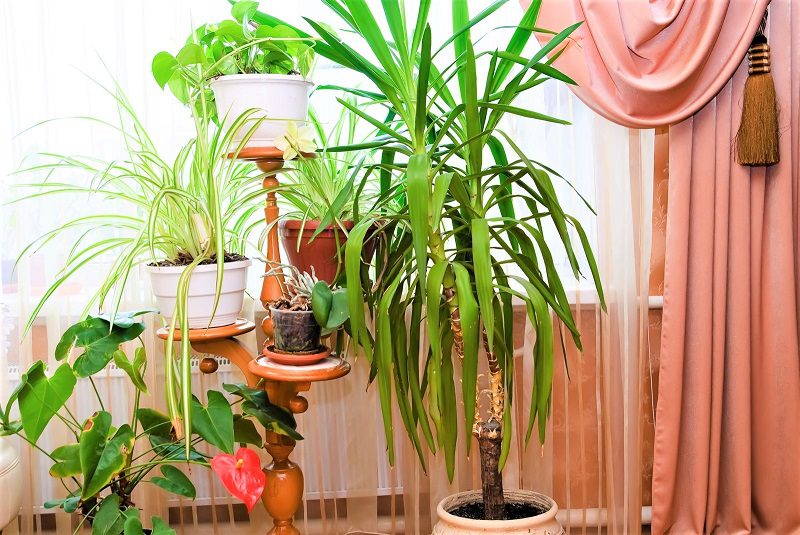
Maybe it was the lockdowns that woke us up. Or maybe it was growing anxiety over the consequences of climate change. For whatever reason, more and more people have finally come to appreciate houseplants. Many have come to love them for the life and color they bring to their homes. Others value the mental benefits and the potential better air quality that indoor plants provide.
That said, our levels of expertise as houseplant parents vary as much as the plants we raise. Those new to indoor gardening are likely to encounter a few problems raising beautiful, healthy houseplants. The learning curve differs from one novice gardener to another.
Putting Together a Houseplant Starter Kit
Keeping a flourishing collection of houseplants will require some attention and patience. Those of us who have managed to keep our houseplants alive and healthy have found a few items indispensable, though.
We are keen to help newbies who are struggling to start an indoor garden. So, we’ve assembled a list of the gear you’ll need for a basic houseplant starter kit.
We’ve made product selections mainly based on our own experience. But we’ve also relied on the opinion of gardening experts from other sites for additional information. These include Wirecutter, NY Mag, and Family Handyman.
1. You’ll need planters.
You’ll find a wide variety of indoor planters on Amazon. We like Bloem’s Saturn Planters. These plastic planters are sturdier and better looking than the flimsy plastic pots you often see online. They’re inexpensive and they come with a saucer for catching water.
Saturn Planters are also lighter than traditional pots. But be warned that a lighter pot can sometimes be a little unstable. You best not use these on their own for large or leaning plants.
If you don’t mind spending money on something special, we recommend Sarosora Ceramic Planters. They are a more attractive alternative to the ubiquitous terra cotta clay pot and are better-looking than plastic planters.
This planter might look like it’s made from delicate cane, but Sarotosa uses ceramic that’s both sturdy and trendy. The planter comes in three sizes. We favor them in 5.7” as this is the perfect size for a window sill. The planter might also add a touch of color and vibrance to an otherwise routine office desk.
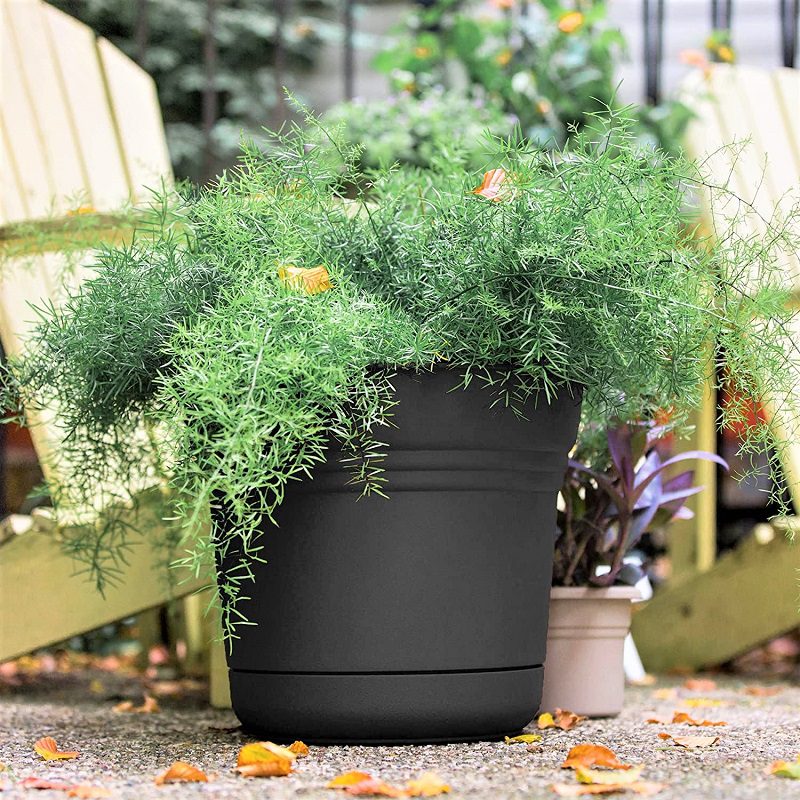
2. Do yourself a favor. Get a good watering can.
Many who are new to indoor gardening will often use a drinking glass to water their plants. You fill the glass with water, empty it on one houseplant, then go back for a refill for the next. The fact is this method is wasteful and inefficient. Much of the water ends up on the floor or the countertop, right?
We suggest that you switch to an Ikea Bittergurka watering can. We love the modern design and the look of this watering can. Even better, it will hold more than half a gallon and is narrow and short. Storage shouldn’t be a problem. The spout directs water exactly where you want it without disturbing the soil, too.
We also like the versatile Qilebi Watering Can. This is a watering can for indoor use or for outside in the garden. The detachable nozzle provides you with two watering options. You can go for a steady stream or a gentler shower.
The long, slender spout on the Qilbei is excellent for watering plants in hard-to-reach corners. The removable spray cap for the spout is excellent for more delicate plants. This watering can hold about half a gallon and comes in four fun colors to match your indoor décor.

3. Good potting soil is a must.
If you’re cultivating containers of indoor plants, herbs, or vegetables, you need potting soil. Potting soil is different from topsoil and garden soil. Topsoil is what you already have in your yard or what you buy to fill a large lawn.
Potting soil, as its name suggests, is for potted plants or plants grown in containers. Commercial manufacturers formulate potting soil to create a chemically balanced, aerated, well-drained habitat for container plants. For all potted and container plants, be they indoors or out, potting soil is a must.
We favor Miracle-Gro Indoor Potting Mix. This is an indoor-plant-specific formulation from one of the most famous companies in the business. We like its water retention, porosity, and pH-balancing properties. Miracle-Gro uses coconut coir to ensure that the formulation retains moisture in the soil. The company also avoided using pine bark, which can attract gnats into your apartment.
If you want something else, make a selection based on plant health. For example, root rot, commonly resulting from overwatering, has spelled the end of many houseplants. But this is not always the homeowner’s fault. Most premixed potting soils retain too much moisture and drain too slowly.
If you have time, try mixing home-formulated potting medium. Use equal parts fine gravel or sand, peat moss, and regular potting soil. If you don’t have time to mix your own, get premixed cactus soil.
We like to use Epsoma’s Organic Cactus Mix. This mix comes with an adequate amount of sand, which helps drainage. The formulation prevents root rot on all plants, not just cacti.
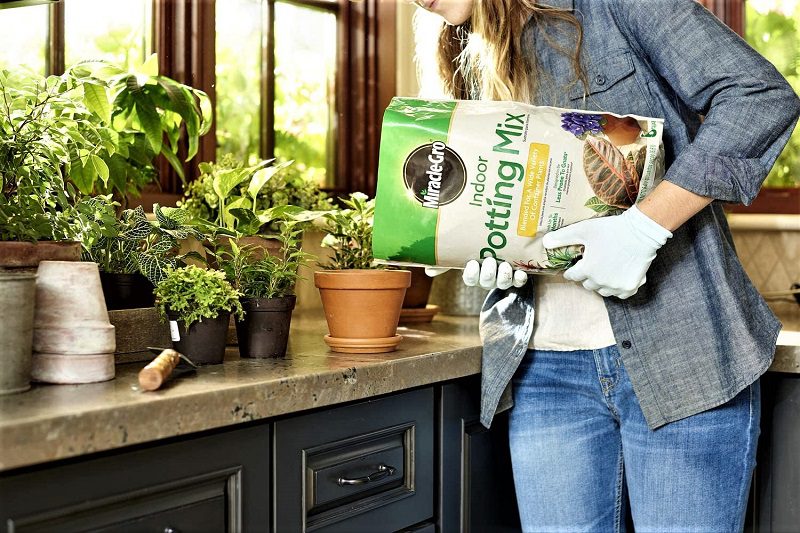
4. Protect your furniture.
Proper drainage is essential to the maintenance of a healthy houseplant. Although growing conditions vary, most potted plants are susceptible to suffocation and rot in consistently soggy soil. That’s why you’ll find a drainage hole at the base of a plant container. This allows water to drain freely and provides sufficient air circulation for the plant. But as the water drains out, potting soil often washes out with it, creating a mess on your counter and tabletop. You can prevent this by using one of three quick, easy solutions to the problem.
You can cover the drainage hole of the container before planting. Be sure to use a material that allows water to drain freely while holding the potting soil in. You can try a piece of broken pottery, a paper coffee filter, or a square of a fine mesh screen.
You can also place a potted plant on a drainage saucer. The saucer will collect the excess water as it runs out through the drainage hole. But do make sure that you never allow plants to stand in a saucer of water. Let the soil drain completely after watering and then empty the saucer.
If you don’t have time for either of these options, you can use GeSeraile Cork Plant Coasters. You will get 8 pieces of thick cork plant coasters for each purchase. The coasters are chic and functional and can also serve as supplies for DIY crafts.
You can easily trim the coasters into any shape you want. Or you can just slip whole sheets under your potted houseplants as is. They come in a variety of sizes and thicknesses. You should be able to find some suited for your houseplants.
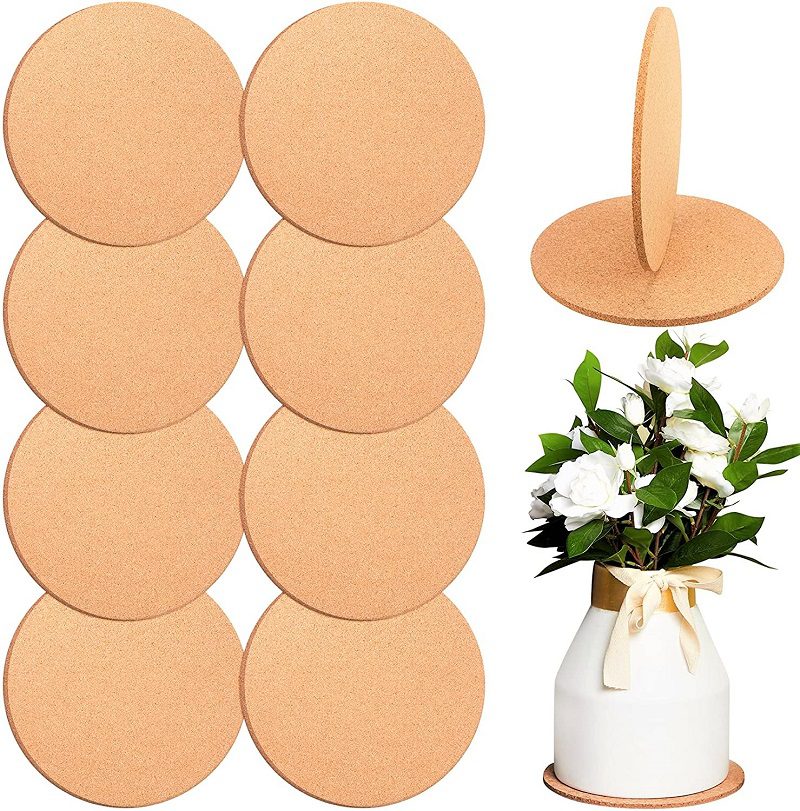
5. You’ll need a spritzer bottle.
To prevent the tips of ferns from turning brown or curling during the dry weather, mist them with a trigger spray bottle. We like to use Driew’s 10 oz. Plant Spray Bottle. It emits a fine, precise spray that won’t drown delicate plants. The bottle is the perfect size for spritzing small pots or even air plants.
The bottle is made from high-quality, PET & PP, BPA-free, eco-friendly plastic, and is ideal for indoor gardening. The bottle’s elegant, translucent, forest-green color looks right at home with your plants, too.
However, the nozzle of the Driew spray bottle might not be large enough to hydrate larger houseplants. For those, Wirecutter suggests the commercial-grade Zep spray bottle. If you have a large collection of indoor plants, you might want to invest in a humidifier. Trust us, your plants will appreciate it.
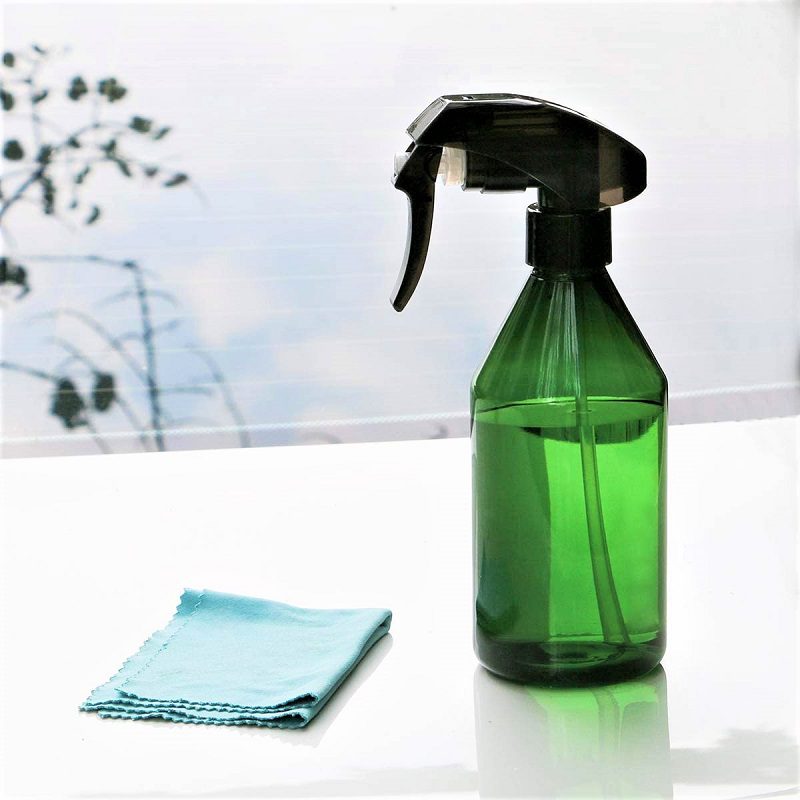
6. Learn how not to kill your houseplant.
Our ideas about plant care have not changed much over the decades. That means you’ll still get reliable gardening advice from second-hand how-to books. The 1970s were a particularly productive period for houseplant publishing.
Still, the book we think every newbie should own is the recently published How Not to Kill Your Houseplant (Penguin Random House). The book, written by Veronica Peerless, covers everything from acquiring to potting to maintaining a plant.
This book uses clear illustrations and easy explanations that any newbie will appreciate. Most of this little book is devoted to specific advice on caring for over 100 popular houseplants.
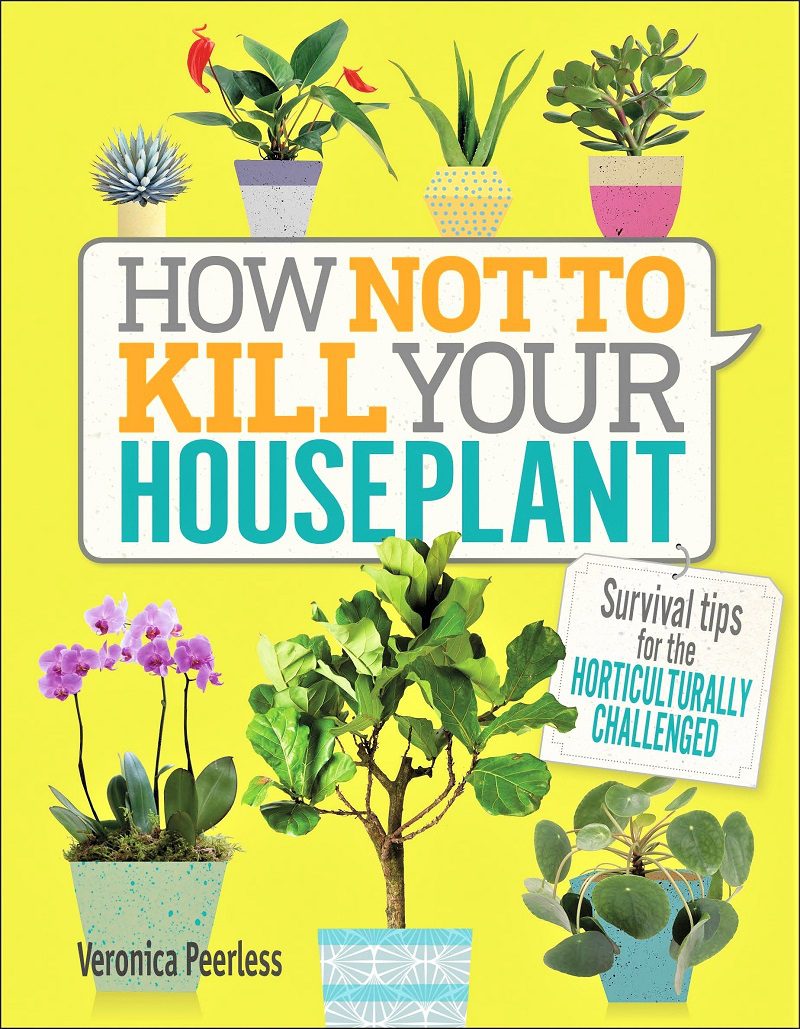
Keep trying. You’ll get the hang of it.
If you’re a new plant parent, all detail and care that goes into keeping a houseplant healthy might feel overwhelming. But that’s only at first. Once you’ve established a good plant care routine, you’ll find that raising a houseplant isn’t difficult at all.
Indoor plants are an essential component of keeping a good home. Greenery brightens indoor spaces and plants are known to have mood-boosting qualities.


